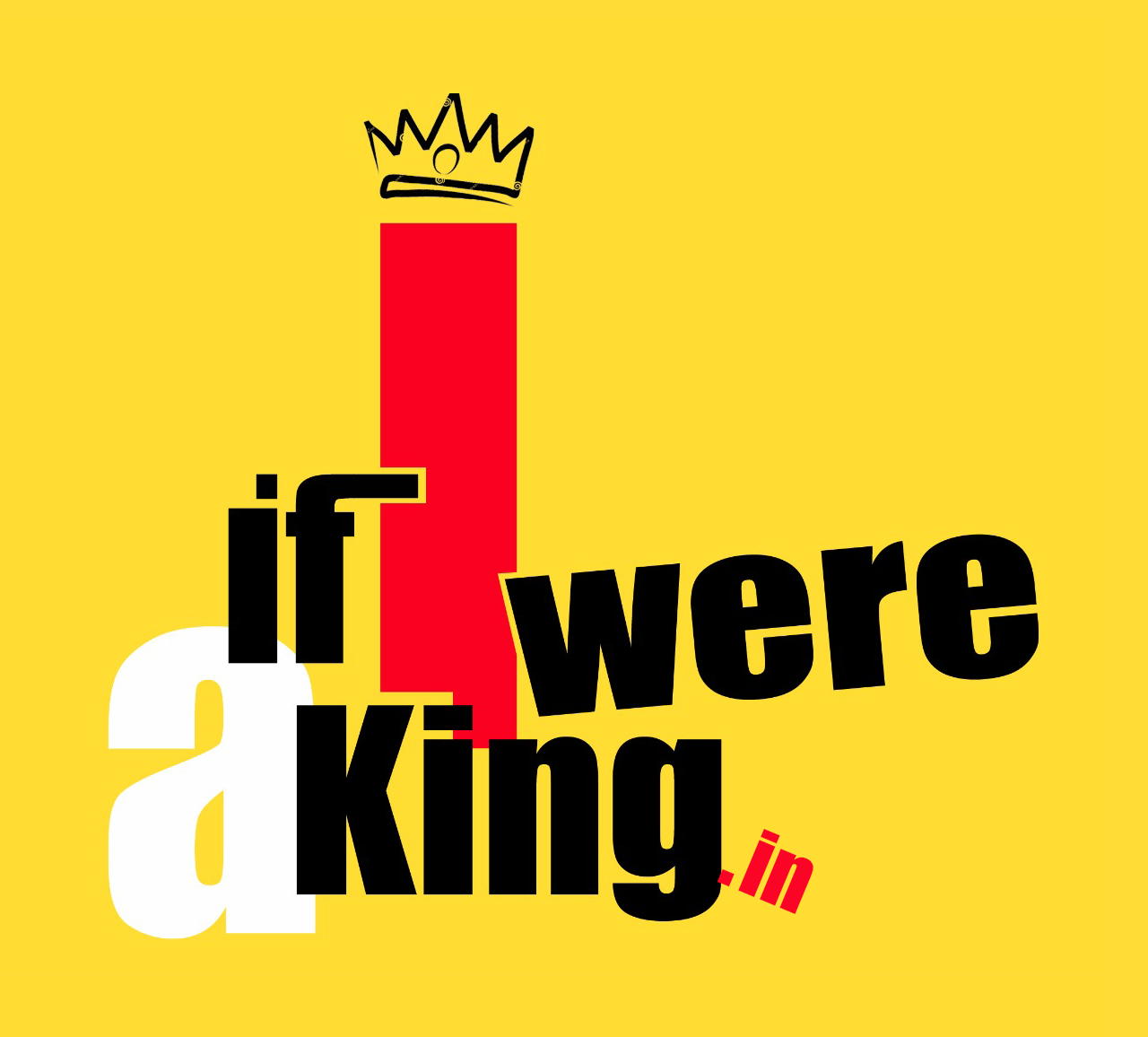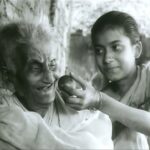The Great New Life
Synopsis of the play
The idea of Rabindranath Tagore in his poem, JUTA ABISKAR is to articulate His thought on racial apathy, the curse that befell India as well as the world, since time immemorial.
The performers and crew members of Bhagawati Circus fall in a deep danger as their employer has fired them off. Bewildered and distressed with Life they decide to settle elsewhere individually. But a long practice of performing together dissuades them to set apart. The clowns, the gymnasts, the singers, the juggler – all of them discover that they could do better if they remain united.
Then, one of them finds a solution. Under his cap, they formed a group of Players who will, utilizing all their personal skills and talent, perform Theatre to earn their bread. And thus they form a Company namely The Great New Life Opera.
Fortunately enough, Krishna, a young man who has had some light of education becomes their leader and honestly takes the responsibility of filling up stomach of the whole tr oupe. He reminisces the poetry of Tagore what he had acted in college. It was JUTA ABISKAR that has influenced him too much. So he gets back to the play and directs it.
But there is many a slips between cups and lips.
Chanachur, a cobbler in the group who gets the role of Cobbler in the play gets involved in some racial conflict with a fellow artiste, Vikram who as a Brahmin of great pride always tries to maintain his ‘sanctity’. Continuously the cobbler fights for his Rights of being an ‘untouchable’ and logically mixes his roll with his life.
Conscience grows and tears flows as he bleeds.
Director's Note
Bertolt Brecht calls Theatre as an entertaining and an educational media. It can make ‘education’ a subject of entertainment as well as the ‘entertainment’, an education. It teaches us to cross our mental limits and to reach a land of creativity. And creativity obviously indulges in the process of meticulous refinement of human beings.
The dramatization of any Poem is a different creation, itself. And when it is the Poem of Rabindranath Tagore, the task becomes hard enough. This particular drama is not an isolated one. So, keeping the normal flow of the literature as it is, Theatre takes its own shape and form in our script. Further a different Theatre starts whirling around the primary one. Often the grinning face of Brechtian alienation peeps through the shades of acting.
Taking the freedom of Theatre, themes have been incorporated with having the poem, Juta Abishkar as its spine, of-course maintaining a strict vigil to keep the omissions within negligible limit.. Thus goes the dramatization that comprises some improvisations, also, to be shown on stage.
Rediscovering Rabindranath Tagore through a Text, which is already a multi-faceted one, is really a tough task. In the particular poem the Poet wants to articulate his vision about Labour, Power and the relation between them. Apart from all this, we can also see His sarcastic face turning towards the social curse like apartheid or racial inequity when he shows a Cobbler (Chamar) is struggling for recognition of his very own invention while the King denounces it, suffering from injustice provided by Power of the State. The Politics behind the text is very clear because it was the time when, the poem was written, the race called ‘Chamar’ was regarded as an untouchable class belonging to the lower part in the social hierarchy. And the Poet consciously speaks for those ‘untouchables’ with His vehement support for creator of any kind. In our play, we would like to draw attention to this burning issue of ‘untouchability’ which is still rampant in India, and also to the collateral damages it has already caused.
Besides, as we have seen, with our so called ‘ideological’ practice Rabindranath has become a ‘God’ to us, instead of being a mortal human being. We have made Him only accessible for the ‘educated’ people. It is fact that no syllabus is enough to explain Him, and so, our ‘institution oriented education’ always fails to understand Him well. But the fact is that the Poet was at the dead against of this kind of ‘institutionism’. The Truth what the Poet was craving for throughout His lifetime is that of ‘Emancipation’, which means freedom from ‘Bondage’ of any kind, may it be political, social, physical, psychological and so on. Our endeavor is basically concentrated on unveiling of this ‘Humanitarian Tagore’. Breaking the notion of worshipping Him as an idol, we just want to find Him amongst common people under the same sun. That is why our locale is anywhere in the mundane world, our characters are marginal people having no sense of ‘Culture’, our languages are not so refined. Tagore is not a cultural icon here, but simply a way of earning the livelihoods. Dialogues have sprouted out form the commonplace world, with obvious ease and innocence, sprinkling the essence of our Folk Theatre where the technique of ‘Play-within-Play’ has been successfully integrated. Instead of being sophisticated, the characters have come from their down to earth existence, very palpable, within our reach, very close to our well-known mortal world. And thus, some unfortunate deprived ‘uneducated’ people set out to discover the Poet as their own one. And this journey helps them find ‘The Great New Life’.
The Brechtian alienation effect is the key note of the Play that flows in labyrinth. We are trying hard to discover the most Humanistic face of Theatre through Rabindranath in this present socio-political milieu and also to revere the most gigantic personality of Bengali literature.



